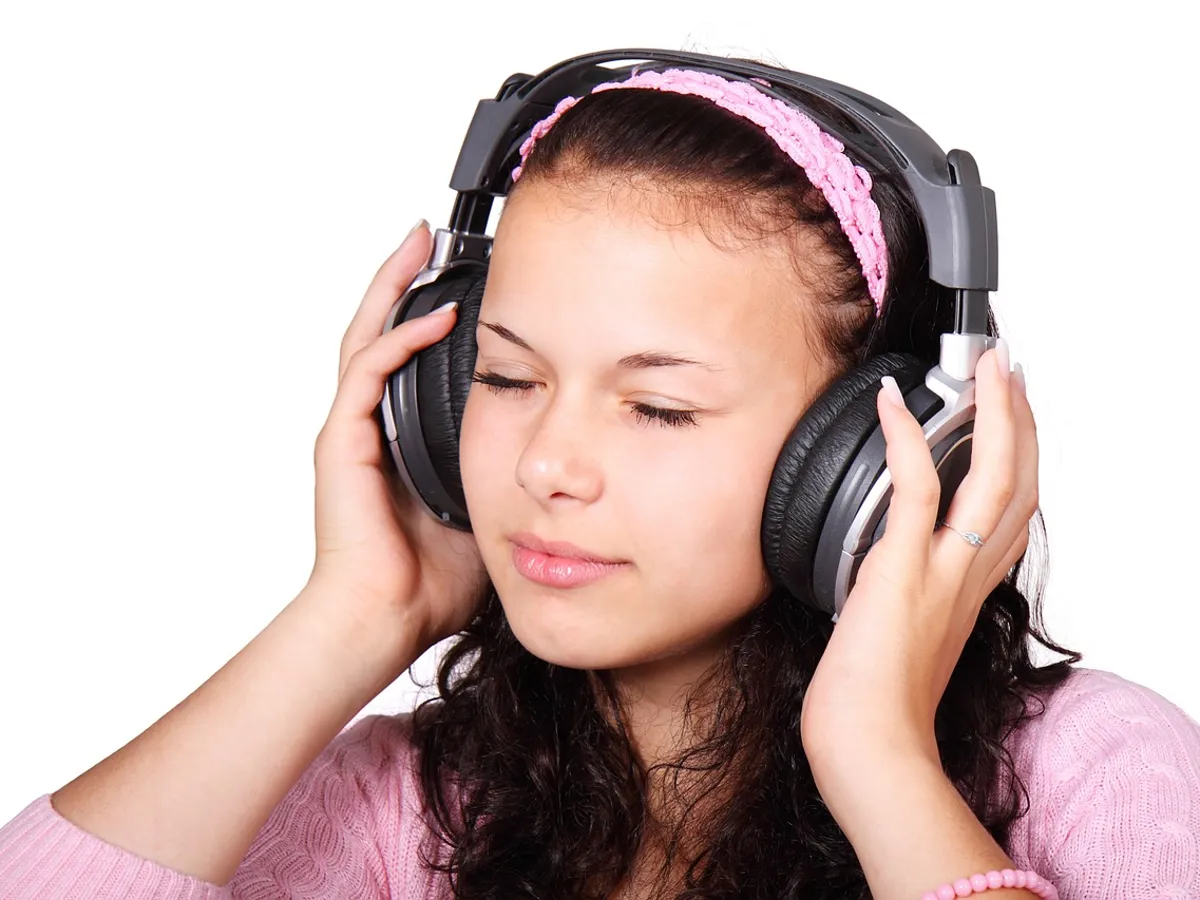
How Does Music Affect the Brain
Music’s Profound Impact on the Brain Unveiled
Music captivates the human experience universally. Its melodies, rhythms, and harmonies stir powerful emotions and physiological responses. This multi-sensory phenomenon engages nearly every region of the brain. Unraveling precisely how music impacts the brain reveals remarkable complexities. How does music affect the brain?It showcases the mind’s incredible facility for abstractly interpreting patterns and meaning.
The Salience Network’s Role
How does music affect the brain?Upon perceiving music, the brain’s salience network activates immediately. This system flags important external stimuli deserving attention and interpretation. Auditory inputs travel directly from the cochlea to the superior temporal lobe first.
Within temporal regions, the brain decodes pitch, melody, rhythm, and timbre components separately. Advanced musical training strengthens these temporal pathways over time. Stronger connectivity correlates with enhanced auditory processing abilities.
The salience network subsequently alerts association areas to derive meaning. Music’s emotional essence gets evaluated through interactive mechanisms across brain networks.
Inducing a Pleasurable Response
Music appreciation correlates with surging dopamine release too. This potent neurotransmitter generates pleasure and reward sensations within the nucleus accumbens. How does music affect the brain?Anticipation building before climactic musical phrases intensifies dopamine secretion further.
Outside the reward pathway, the amygdala and ventral striatum ignite upon pleasurable music exposure. These structures relate to positive emotional experiences respectively. Their combined activation comprises the “chill” response synonymous with musical frisson.
Music powerfully taps into neural reward circuitry usually reserved for survival behaviors. This evolutionary capacity explains music’s deeply moving emotional impact humans encounter.
Empowering the Mind’s Executive Functions
Music influences advanced cognitive functions facilitated by the brain’s frontal lobe regions also. The inferior frontal regions process music’s structural complexities like compositional sequences. Analyzing rhythms recruits premotor cortices while harmonies engage Broca’s area instead.
Creative musical improvisation heavily taxes areas like the dorsolateral prefrontal cortex too. This executive control center coordinates all aspects of higher cognition.How does music affect the brain? Its engagement while improvising exemplifies the sophistication music demands.
Multilingual benefits seem intertwined with music processing abilities too. Exposure enhances phonological awareness and vocabulary uptake. Shared neural networks recruited by both domains strengthen bidirectionally. Early musical training optimizes these advantages exponentially.
Eliciting Memory Formation and Retrieval
Structured patterns encoded through music facilitate memory processing too. The medial prefrontal cortex manages integrating melodic and lyrical content through self-referential mechanisms. Musical memories get reactivated by the precuneus during reminiscence states.
The hippocampus unsurprisingly coordinates memory encoding and retrieval alongside its usual role too. Its unique structure allows simultaneously processing temporal sequences and spatial associations characteristic of music compositions.
Composers purposefully leverage these memory-forming capacities through repeated themes. Familiar chord progressions and motifs trigger recall more vividly than arbitrary sequences. Musical memory retrieval relates strongly to auditory learning aptitudes overall as well.
Conjuring Visual Associations
While primarily auditory, music also induces visual imagery reflexively. Metaphorical lyrics and abstract tones spark mental picture formations. Occipital lobe structures process these visualizations into coherent mental imagery automatically.
Brain scans depict activity cascading from auditory into visual processing regions upon music perception. Intensely pleasurable responses foster connectivity between auditory and visuospatial circuits. Musical training enhances intermodal sensory integration further too.
Many composers deliberately construct musical narratives evoking imagery interpretations. They embed descriptive qualities guiding imaginative associations through instrumental and lyrical devices. Shared neural translations manifest universally across listeners.

Calming Anxiety Through Dissonance
Beyond transcendent experiences, music demonstrates therapeutic value neurologically too. Dissonant compositions utilize binaural tones for anxiety reduction and relaxation purposefully. The inferior colliculi process these conflicting pitches first before routing elsewhere.
Dissonance gets relayed to the amygdala initially, generating anxious arousal responses. However, inputs continue traveling to the hippocampus for emotional regulation. Successful resolution occurs when consonant frequencies restore neural synchronization again.
This physiological process mimics natural progressions from stress into stability. Music compositions exploit innate neural mechanisms to achieve desired psychological states consciously.
Regulating Physical and Cognitive Arousal
Beyond emotions, music modulates overall arousal and attention states too. Upbeat, stimulating compositions engage the reticular activating system. Increased neural firing here induces physiological arousal like elevated breathing, heart rates, and energized focus.
Opposingly, ambient atmospheric compositions induce theta and alpha brainwave states. These slower, synchronized patterns facilitate internalized attention conducive to meditative relaxation.
Carefully structured music selections provoke predictable neurochemical cocktails accordingly. This psychoregulation underlies music’s role in enhancing mindfulness practices, creative endeavors, and athletic performance equally.
Brain Plasticity from Musical Training
Perhaps music’s greatest impact manifests as experience-driven neuroplasticity though. Professional musicians exhibit significantly expanded neural pathways compared to non-musicians. Extensive practice generates new neural clusters and pathways dedicated to specialized auditory processing.
Instrumental musicians develop heightened visuospatial abilities too. Forming holistic instrument maps requires exceptional hand-eye coordination. Their brains strengthen sensorimotor integration for unifying these representations mentally.
Most strikingly, musical training reshapes neural frameworks from childhood into adulthood. Musicians brains exhibit denser gray matter and accelerated neural maturation overall as a result.

A Neurological Superfood
Understanding music’s profound mind-altering properties transforms its status into a neurological superfood of sorts. Its stimuli activate, connect, and strengthen neural pathways across the entire brain synchronistically.
Beyond auditory processing, music sharpens language comprehension, working memory, focus, and multisensory integration abilities. It improves mental health too through anxiety modulation and dopamine activation. Childhood musical instruction provides the richest cognitive benefits by strengthening lifelong neuroplasticity.
Ultimately, music optimizes holistic neural functionality in ways difficult to replicate. Its adaptive melodies and harmonies massage the brain’s biochemistry while expanding intellect concurrently. Music represents humanity’s greatest artistic achievement precisely because of its unparalleled neurological repercussions.
Harnessing Music’s Neurological Potential
The diverse impacts music imparts reveal boundless application opportunities too. Music therapy leverages auditory stimulation for conditions like depression, ADHD, speech disorders and more already. Future clinical directions seem infinite given music’s versatile neurological influence.
Education systems similarly utilize music training for accelerating linguistic, cognitive, and social-emotional development now. Emerging techniques seamlessly integrate musical curriculums into standard STEM programs too. Early adoption maximizes childhood brain malleability windows.
In commercial and industrial spheres, companies capitalize on music’s attention-regulating and mood-enhancing properties too. Psychology-driven playlists create stimulating or relaxing atmospheres on demand. Musical arrangements designed for optimal task engagement and productivity are coming soon.
Regardless of field, human society greatly benefits from increasingly harnessing music’s profound neurological impacts. While showcasing civilization’s artistic brilliance, music provides infinite functional advantages simultaneously. Music transcends being just an appreciative art form – it epitomizes mankind’s intellectual and creative potential ultimately.



